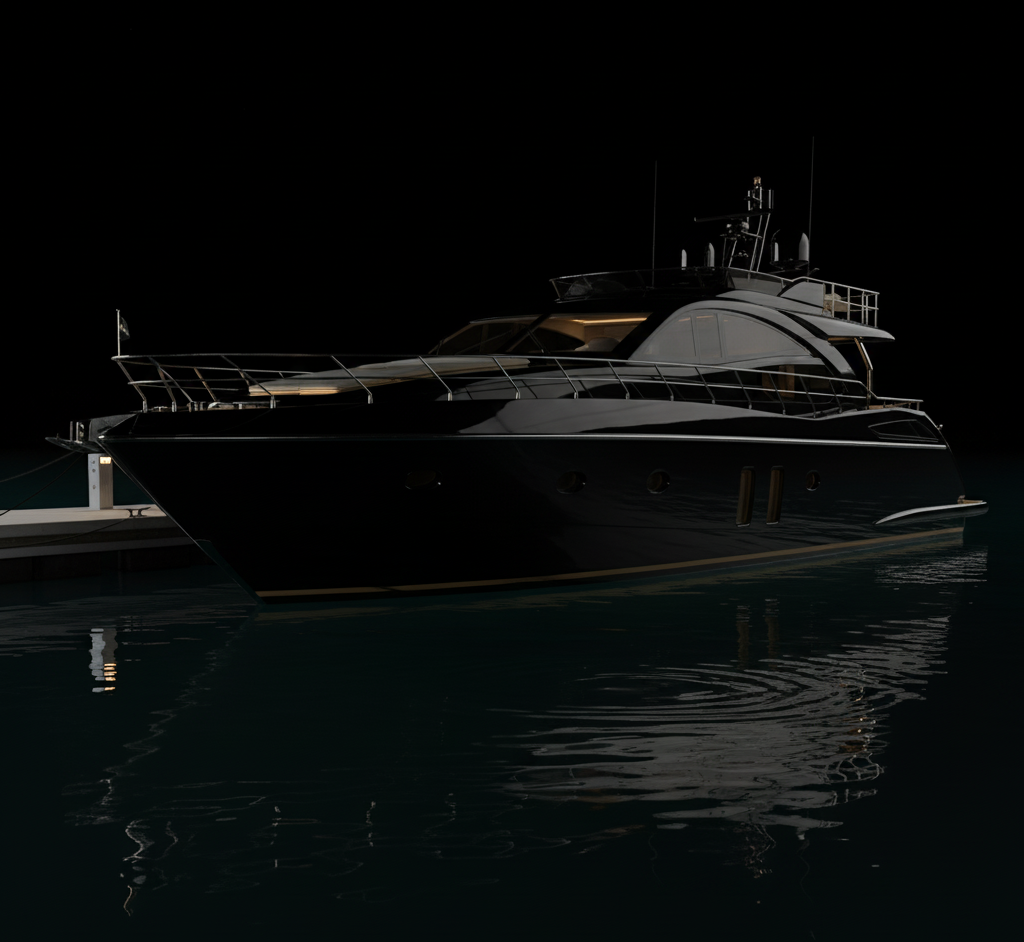Marine ceramic coatings typically provide 18 months to 2 years of protection in saltwater environments, depending on usage and maintenance. This is significantly shorter than automotive applications because marine conditions are more aggressive.
The key difference is exposure intensity. Your boat faces constant salt spray, UV reflection off water, and temperature extremes that land vehicles rarely encounter. However, even with shorter duration, marine ceramic coating still outperforms traditional marine wax by 3-4 times while requiring much less maintenance.
Professional marine-grade formulations like what we use are specifically engineered for these harsh conditions, with higher concentrations of active ingredients compared to automotive versions.




